With a strong commitment to sustainability, Haleon India has launched an ambitious project to tackle Delhi's alarming air quality issues through urban forestry, specifically employing the innovative Miyawaki method. This initiative aligns with Haleon's broader vision of promoting respiratory health, directly tied to their flagship nasal care brand, Otrivin. The Otrivin Miyawaki Urban Forest Project aims to transform polluted spaces into flourishing green areas, focusing on improving air quality, enhancing biodiversity, and engaging local communities.
Leading this initiative is Ms. Shanu Saksena, Chief Compliance Officer, Asia Pacific, Haleon. In this interview with TheCSRUniverse, Ms. Saksena shares insights into Haleon’s strategies, the significance of native species, and how the company measures the long-term environmental and social impacts of their efforts. She also discusses the potential for scaling this model globally, the challenges involved, and Haleon's plans to create a lasting impact on communities worldwide.
For detailed insights, read the full interview below.
Q&A
Q. What specific air quality concerns in Delhi led Haleon to invest in urban forestry, and why was the Miyawaki method chosen for this project?
A. Delhi's air quality has been a major concern for years. Higher level of pollutants poses serious health risks to its citizens. Haleon India is deeply committed to environmental conservation and recognizing this urgent need for cleaner air and decided to invest in urban forestry as a direct solution. The Miyawaki method stood out as the ideal approach for this project as it emphasizes planting a diverse mix of native species close together, which leads to a dense forest that grows much faster than conventional methods. Our goal is to develop one of Delhi's largest Miyawaki urban forests, addressing air pollution while improving the quality of life for current and future generations. This initiative exemplifies our mission to drive meaningful environmental change and make a lasting impact on society.
Q. Otrivin is a nasal care brand. How does Haleon connect this to a broader message about respiratory health and the importance of clean air initiatives like this one?
A. In broader vision Otrivin is a respiratory health brand and Haleon understands that respiratory health starts with cleaner air. We truly believe that addressing just the symptoms of poor air quality is not enough, but we need to go till its root cause. Haleon recognizes that everyone deserves to breathe clean air, therefore we even recognized the vulnerability of children to poor quality of air and installed 100 air purifiers in school, and these urban forests are a tangible way to take forward this approach. Otrivin’s Miyawaki Urban Forest Project under Otrivin’s Action to Breathe Cleaner air initiative allows to connect for a much larger conversation about environment and its effect on respiratory health. This initiative showcases our commitment to community well-being and encourages sustainable practices for a healthier future by improving air quality and raising awareness on air pollution. As part of this initiative, Otrivin has transformed areas that used to be garbage dumps, into flourishing forests in Dwarka, and in SGT Nagar by planting a diverse range of native species.
Q. Beyond planting trees, what does Haleon see as the key ingredients for creating a truly "self-sufficient" urban forest that can thrive long-term?
A. Haleon believes that creating a truly "self-sufficient" urban forest goes beyond planting trees. It requires a holistic approach that fosters long-term health and resilience. Creating a sense of ownership and ensuring the forest is valued and protected is important along with planting a diverse range of native species as it builds a more resilient ecosystem, better equipped to withstand challenges and thrive independently.
Currently Haleon’s Otrivin Urban Forests cover 9 Acres of Delhi land with 100,000 trees that is expected to reduce 2.2 million kgs of Carbon Dioxide per year. The forest will become self-sufficient after 2-3 years of care, making it an ideal greening option for the densely packed city. Till then Haleon will also emphasize allowing natural processes to foster a healthy, balanced ecosystem that can sustain itself. Constant monitoring and strategic maintenance are essential to identify and address any issues, ensuring the forest remains healthy and vibrant for generations to come.
Q. What role does community engagement play in the success of these urban forests, and how is Haleon working to involve local residents?
A. Through Miyawaki technique, Haleon aims at creating dense urban forests in Delhi, significantly cutting carbon emissions and reducing community exposure to pollution. Haleon understands that community engagement is vital to the long-term success of these urban forests. We recognize that local residents are essential for the ongoing care and protection of these green spaces, which in turn are used by them for recreation and relaxation purposes. The inauguration of the Dwarka forest included Eco Club students and community members, indicating a desire to involve these groups from the very beginning. The presence of these students also hints towards potentially fostering environmental awareness and responsibility among younger generations and ensuring that they thrive as valuable community assets for years to come.
Q. The project emphasizes native tree species. Why is this important, and how does it contribute to a more resilient and biodiverse urban environment?
A. The project's emphasis on native tree species is not just about creating green spaces; it's about fostering a truly thriving ecosystem within Delhi. Native trees are naturally suited to the local climate and soil, making them more resilient to pests, diseases, and changing weather patterns. This reduces the need for pesticides or intensive care, allowing the forest to thrive more independently. Furthermore, native trees play a crucial role in supporting the intricate web of life in the area. They provide essential food and habitat for local insects, birds, and other wildlife, enhancing the overall biodiversity of the urban environment. This interconnectedness creates a healthier, more balanced ecosystem.
Q. Looking beyond Delhi, could the Otrivin Miyawaki Urban Forest model be replicated elsewhere? What factors would Haleon consider?
A. The Otrivin Miyawaki Urban Forest model has the potential to be replicated in cities around the world, offering an effective solution to the growing need for urban green spaces. However, simply replicating the model without considering local factors wouldn't guarantee success. Haleon would need to tailor the project to address those factors and actively involve residents to ensure its success and impact. Partnering with local organizations, government agencies, and community groups can provide invaluable expertise, resources, and support for both project implementation and long-term maintenance. By carefully adapting the model to local contexts, we can extend the positive impact of the Otrivin Miyawaki Urban Forest initiative to communities around the world, contributing to a greener and healthier future for everyone.
Q. How does Haleon measure the long-term benefits of the Miyawaki forests for the environment and local communities? Have there been any unexpected results?
A. We are dedicated to measuring the long-term impact of the Otrivin Miyawaki Urban Forest projects on both the environment and local communities. We have employed a multi-faceted approach to track these benefits. We sincerely track the estimated carbon dioxide reduction per plant each year, recognizing the forests' significant role in mitigating climate change with an anticipated reduction of 22 kgs of carbon dioxide per plant. Beyond carbon dioxide reduction, we are closely monitoring the increase in flora and fauna diversity within the forests and surrounding areas. The surge in the variety of birds and butterflies observed is a testament to the positive impact on local ecosystems. Furthermore, we are measuring the temperature difference inside and outside the forests to assess their impact on the urban heat island effect. Initial data from the summer of 2024 revealed a 2-degree Celsius reduction in temperature within the forest, highlighting its potential to create a cooler climate. The rapid growth of the forests and the noticeable increase in biodiversity have exceeded our initial expectations. We will continue to monitor these indicators over time, gathering valuable insights to evaluate the long-term impact of the Otrivin Miyawaki Urban Forest projects and guide our future environmental conservation efforts.
Q. Given the benefits of Miyawaki forests for climate and biodiversity, how is Haleon planning to expand this model globally, and what challenges or opportunities does this involve?
A. Haleon recognizes the immense potential of Miyawaki forests in combating climate change and enhancing biodiversity. The technique of Miyawaki forest is easily scalable and currently more than 3,000 forests have been successfully created worldwide using this methodology. Our experience with the Otrivin Miyawaki Urban Forest projects in Delhi has provided valuable insights and fueled our ambition to create similar impactful green spaces in other regions. With Miyawaki forests, we believe that we can bring a larger impact on the environment, however this global endeavor presents both challenges and opportunities. But we are confident that by leveraging our learnings, collaborating with partners, and engaging communities, we can create a lasting positive impact on the environment and the well-being of people around the world.



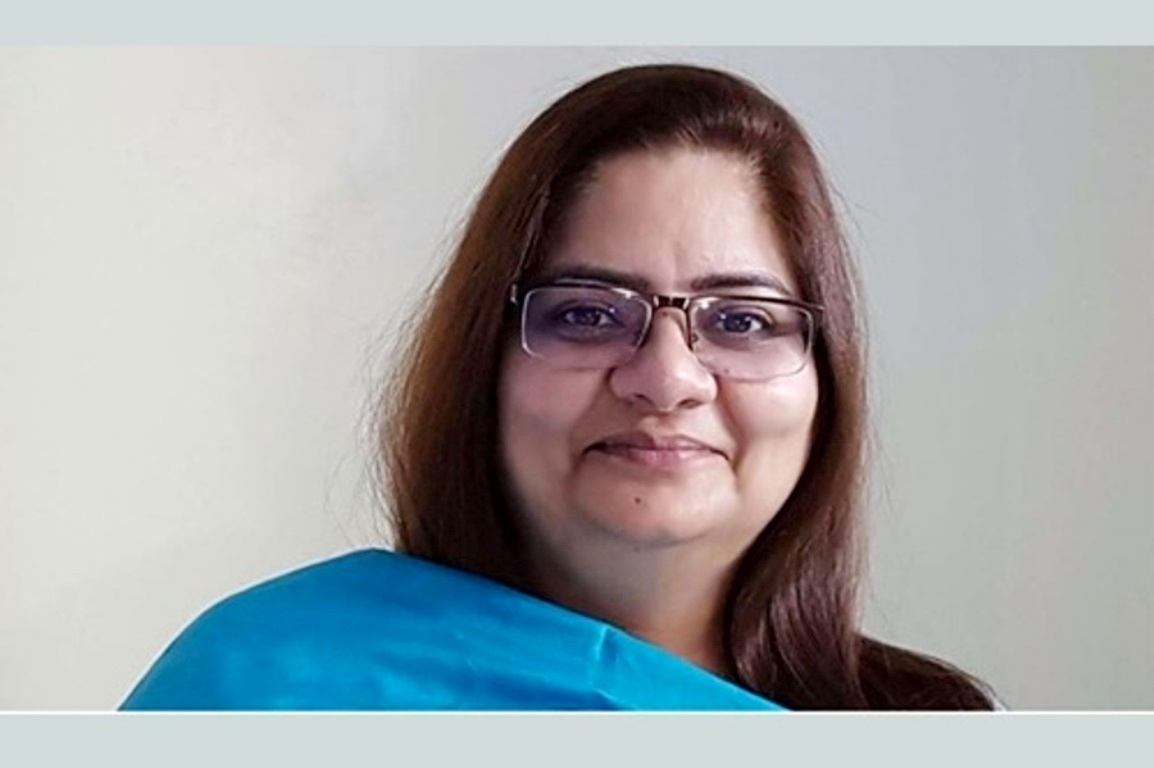

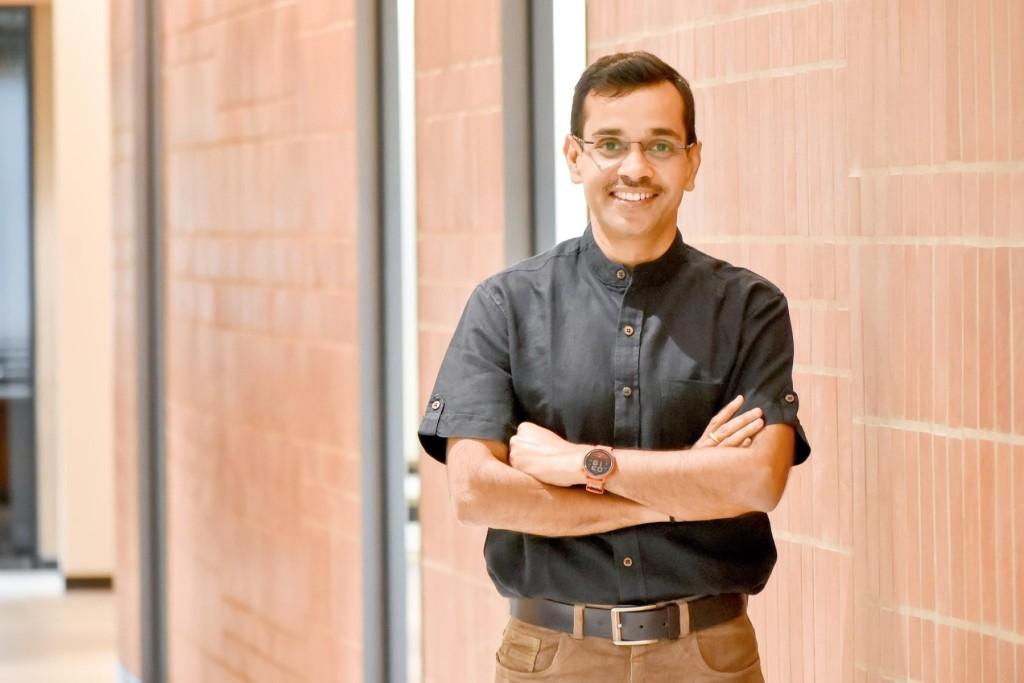

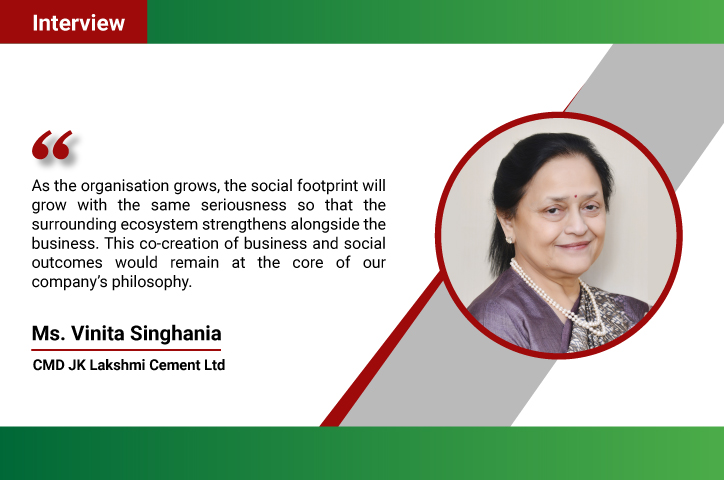
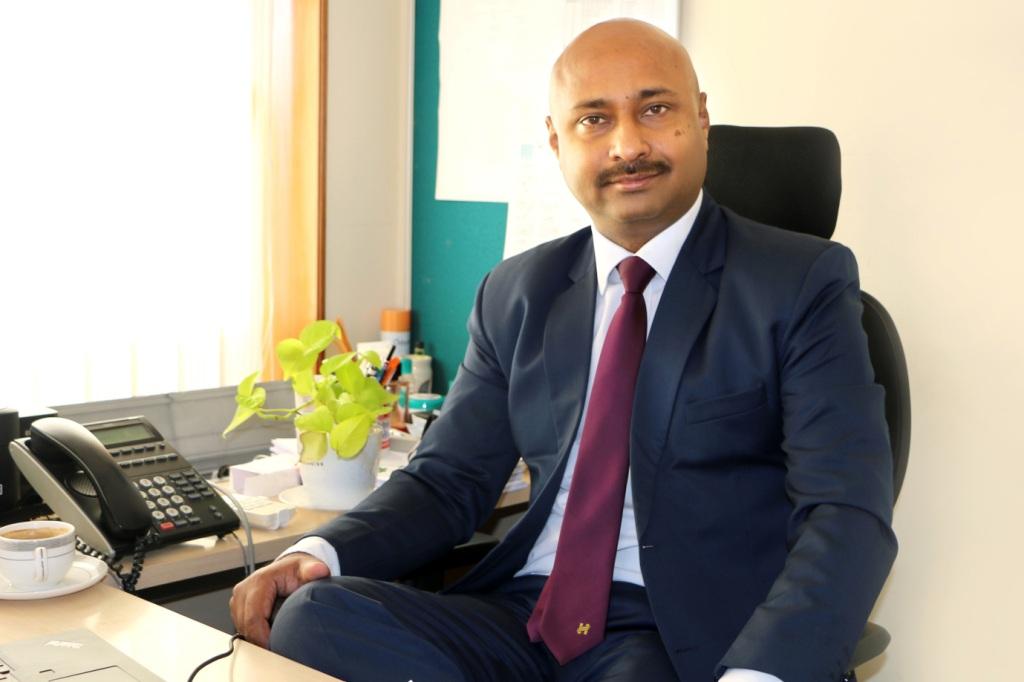
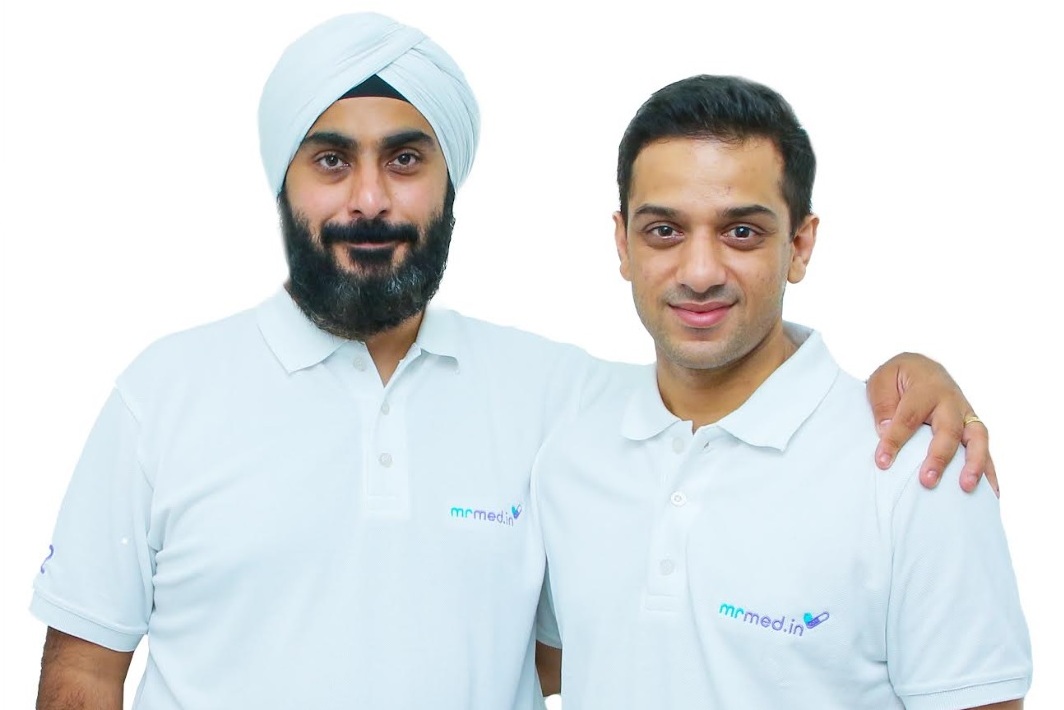
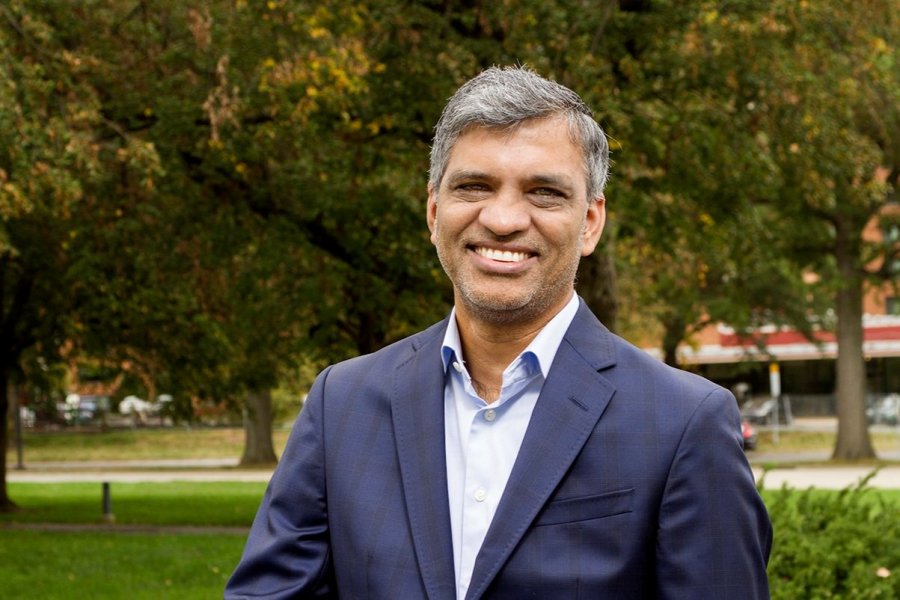



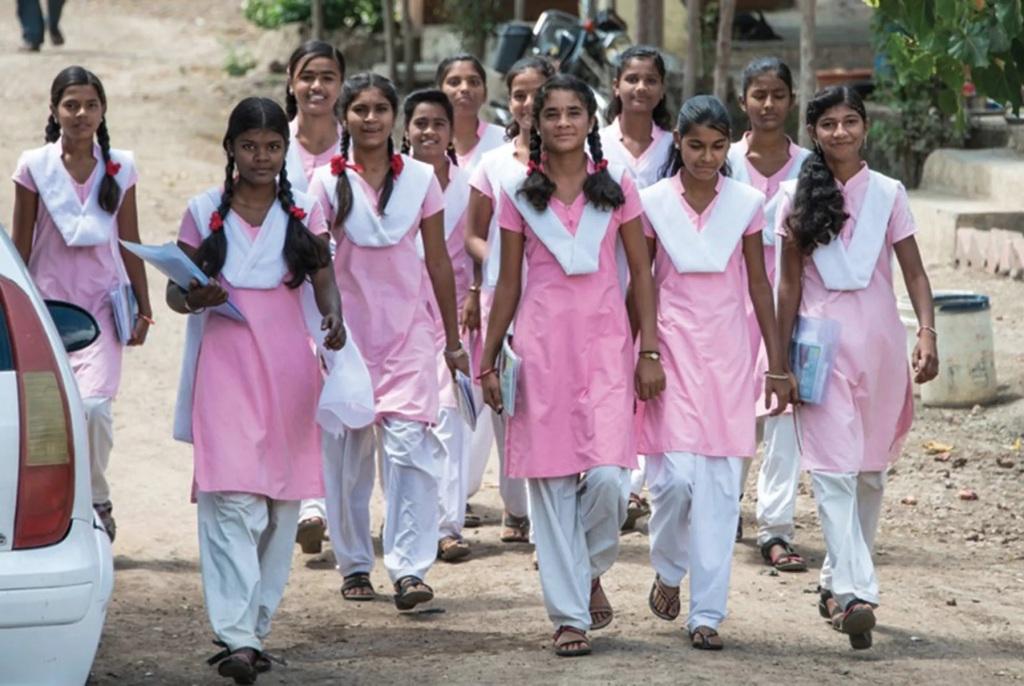

.jpg)




